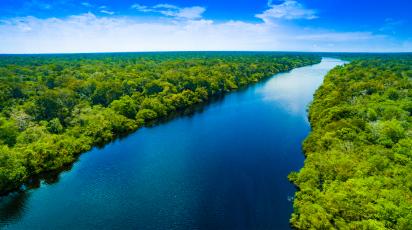As the Energy Information Administration pointed out in a recent update, alternative energy is growing - and wind and solar continue to lead that mix. This rising (although still tiny) growth rate is loudly trumpeted by the renewable energy lobby as proof we can live without oil and gas. But where do wind turbines and solar panels actually come from? Well, here's where it gets a little awkward for the wind and solar crowd. Much of their equipment is made from petrochemicals, which use fossil fuels - principally natural gas in the U.S. - as their raw material. And as demand for their products grows, so will the demand for petrochemicals. Basically, you cannot have one without the other.

Let's take wind turbine blades as an example. The blades for a wind turbine can be more than 250 feet long, and are usually made from epoxy resins or materials derived from ethylene - and they're all made from petrochemicals. These massive blades then require 900 pounds of adhesives (made from petrochemicals) to keep them bonded together. They also need to be greased up if they're actually going to turn in the wind, and those lubricants are made from petrochemicals too. Solar panels also rely heavily on petrochemicals. The panels you see - whether they're on top of homes and buildings, or in a field in the middle of nowhere - are all made the same way: the photovoltaics which turn sunlight into energy are sandwiched between layers of what's called ethylene vinyl acetate, which are (you guessed it) made from petrochemicals.

Where do these petrochemicals come from? In America, they come from the natural gas produced from fracking - an extraction technique where water, sand and other ingredients are pushed down a pipeline deep underground to fracture rock formations which have oil and gas trapped inside them. This gas is then processed to turn it into petrochemicals, which then go into pretty much everything you use on a daily basis: clothes, smartphones, medicines. You name it, fossil fuels have had a hand in making it somewhere along the line. So next time somebody points out they're moving away from fossil fuels by switching to wind or solar, maybe you should point out that without fossil fuels, the wind and solar energy industries would be left in the dark.


